As we all know by now, the internet can be a dangerous place to buy anything of value. Last year, over twelve BILLION dollars were lost to online scammers, and that was in the US alone. Scam advertisements for cars, especially collector cars, are plentiful and can usually be spotted easily by applying this age-old rule: If the price seems too good to be true, well…
But the scams can also work in reverse, targeting the sellers who have innocently posted their car for sale online. How it works is that the unwitting seller will get an email or phone call from a very interested party who wants the car so badly that they’re willing to pay asking price, right away. The “buyer” then gets the seller’s name and address in order to mail them a cashier’s check, but there’s a catch. They say that they’re going to include an extra $1000 onto the price for transport, with the understanding that when this transport company comes to pick up the car, the seller will hand over that extra $1000 they had received, but now in cash.
So, this check does arrive and the seller deposits it at their bank. Then somehow the transporter seems to appear very shortly after that to load the car and get their $1000. However, a few days later the seller gets a surprise call from their bank: That check was no good. “What?” the seller exclaims. “That was a cashier’s check!” The banker then has to explain that although it looked really real, it really wasn’t. Really, really wasn’t. All of a sudden the seller realizes that not only have they lost their car to a scammer, they’ve also handed over $1000 in cash for the privilege.
Back when I started selling cars in the early days of the internet, I’d field a lot of these kind of requests. But thankfully I knew what was up, and on a few occasions even played along, curious to see if I would actually get a check. And I did, lots of them. The first one was in 2004, for $17,000. I brought it into my bank when I had some other business to do there and showed it to my banker.
“Say, if I presented this check for deposit, would its appearance raise any red flags for you?”
My banker smiled, she knew what this was about. “No, it looks real……but it isn’t, is it?”
I emailed my “buyer” later that day.
“Hey, I got your check, but something weird happened at the bank. They confiscated your check and said they were turning it over to the FBI. What the hell is going on?”
I heard back from the scammer in a matter of minutes.
“You need to get that check back RIGHT NOW!”
“Sorry, I can’t. But the bank did give me the number for the Portland field office of the FBI. Call them.”
This scamming method seemed to dry up in the years after that, maybe because there weren’t enough people to fall for it. But during the pandemic it popped up again, this time with bigger amounts and more complicated stories. Servicemen stationed overseas, divorcees who were spending their ex’s money, or buyers who said they were going to help out their transporter friend with medical bills to the tune of $8,500 - in cash, please. I’ll admit that I had a little fun toying with them, not because I’m a thrill seeker or a sadist, but simply because I despise these people. Why? Because there was a time that I got taken by one of them.
Back then, I had only been in business for a few years and I guess I was a little green. An ad came up online for a 1958 Corvette, a project car, but priced at a relatively low $5000. The pictures in the ad showed a car that looked tired but pretty complete, the perfect basis for a restoration. I called the number, talked with the seller, settled on a price of $4000, got the address for pickup and got his banking info. The next day I wired the money. A friend of mine had his brother in southern Oregon go get the car based on the directions that I had been given, which ended up being nowhere. In a panic, I called my bank to reverse the wire but was told that there was no reversing a wire. Really? All of those buyers of mine from the past few years, some of them even from overseas, wiring me money for the cars I was selling - I figured that there must have been some safeguards in place for them with their wire transfers, right? No, there are no safeguards in place when you wire money.
I felt sick to my stomach. I had just lost $4000. I emailed the website where I had seen the ad to let them know what had happened. They told me to file a police report so that they could open a case file of their own, and I did, but knew that it would probably amount to nothing. A week later the website owner contacted me, it turned out that he was receiving a lot of emails like mine and wanted to know if he could share my contact info with these people. Sure, misery loves company. Over the next couple of weeks I became part of a group email chain among other people just like me, people that had been scammed by this same guy. One of the victims belonged to a web forum named camaros.net, and posted his story about how he’d been ripped off. And that’s when things started to happen.
Turns out that Camaro people are a close-knit bunch, and this person’s post generated a ton of responses from forum members who happened to work in law enforcement, all wanting to help out. One of them in particular took the lead; a retired FBI agent who had connections and was willing to take down all of our information and get to work. As a Camaro enthusiast with time on his hands, you could tell that this was sort of a passion project for him. Most of what he did happened behind the scenes, but a couple of months later he had a major update for us. They had found this guy. Christopher Justin, a young grifter who was on the road with his pregnant girlfriend, scamming people as the two of them traversed the country, logging on everyday at truck stops to see how many wires they had received, and then stopping off at banks to withdraw cash.
The FBI caught up to them in Colorado, and with the help of State Troopers they nabbed them at a traffic stop. Police helicopter, K-9 unit, the works. They were transferred back to their home state of Ohio via Con-Air and put in jail. Seven long months later they were sentenced. Justin’s girlfriend was the “brains” behind the wire fraud, but got a plea bargain in exchange for her testimony and received 15 months, in addition to time served. Her fleabag boyfriend got 18 months, and combined they were ordered to pay $60,206 in restitution. Five months later I got my first check, for $1,247. Two months later, another, for $323. And then seven months later I got what would be my final check, for $74. And that was that. Can’t get blood from a stone.
I was probably lucky to get anything. But what was more valuable to me than the money was the hard lesson I learned, and the safety guidelines that I would come to rely on in the years that followed. I’ll share them with you.
For starters, buy local, if you can. There’s simply no substitute for doing a deal in person. But if you must buy a car long distance, you’re going to have to put on your Sherlock Holmes hat and start doing some deep research. First, get to know the seller. Quit emailing and instead transition to having phone conversations. You’ll get a much better feel for whom you’re dealing with, and you’ll be able to tell if they’re really in tune with the car they’re selling, or are stringing you along for some dubious purpose. Second, get their full name and address. Do a little Google searching with this information. Say you’re dealing with George Mason from Ohio. Put the name in quotes and add the word Ohio afterwards. This tells Google to return only that exact result - Not just a bunch of George’s, and not just a bunch of Mason’s, only “George Mason”. Adding in the word Ohio will make your results more accurate. Now take a look at some of the info that Google returns here - these all add to the case profile of the seller that you’re vetting, the person that you’re going to presume is guilty until they’re proven innocent. Does their address in the Google results match the one that they gave you? Hopefully it does. And go ahead and run searches for their email address and phone number as well, putting them in quotes. Maybe you’ll find some old forum posts of theirs, or some classified ads - more info for you to add to their profile.
Next, take the seller’s address and put it into Google Map’s StreetView. Does this area look similar to where the ad photos were taken? On a few occasions I’ve actually seen the car in question parked right there in the seller’s driveway on StreetView. That’s a big confidence booster. Now, the biggest one - have the seller FaceTime you and do a walk around of the car. You’ll now know that the car is not only real, but you’ll also have the opportunity for the seller to show you the little flaws that they may have omitted in their photos. Finally, have them hold up the title to the camera, and take a screenshot of it. No title brands? Good. Name and address match up to the seller? Now you’re set. The icing on the cake would be an independent inspection of the car, of which there’s numerous companies who offer that as a mobile service. You can’t be too careful.
The search tools we have available to us now are a lot more advanced than they were twenty years ago, and the livestream capabilities of our phones are a super useful addition for doing your due diligence when buying a car from a stranger. In 2024 there shouldn’t be any reason for a buyer to ever get scammed again….at least I think there shouldn’t. Good luck, and stay safe.

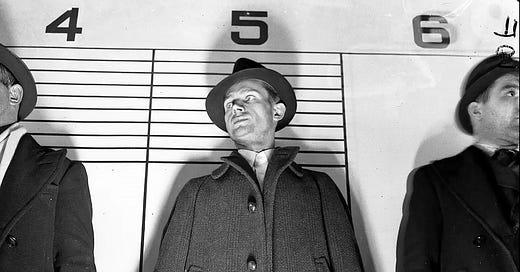


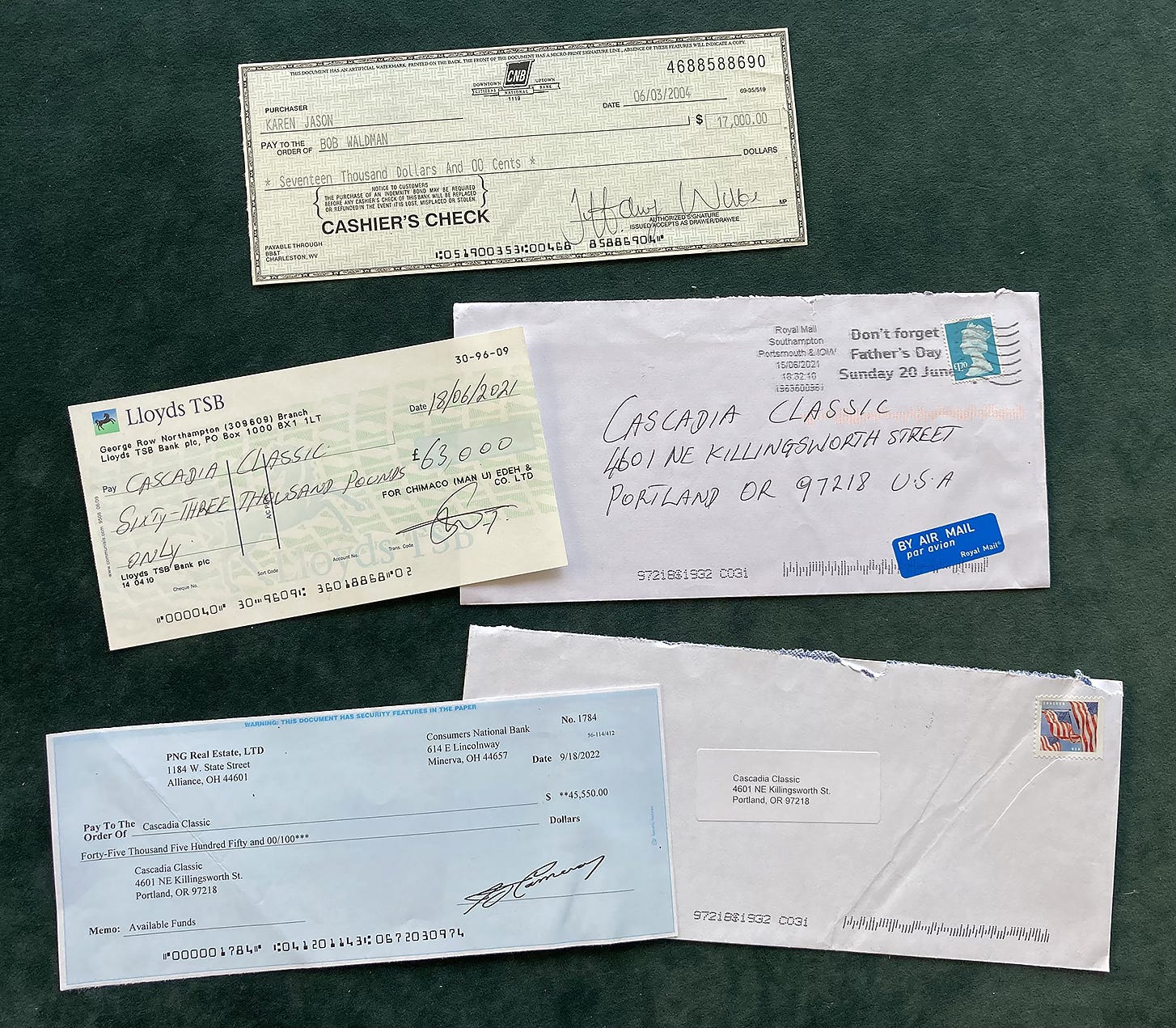
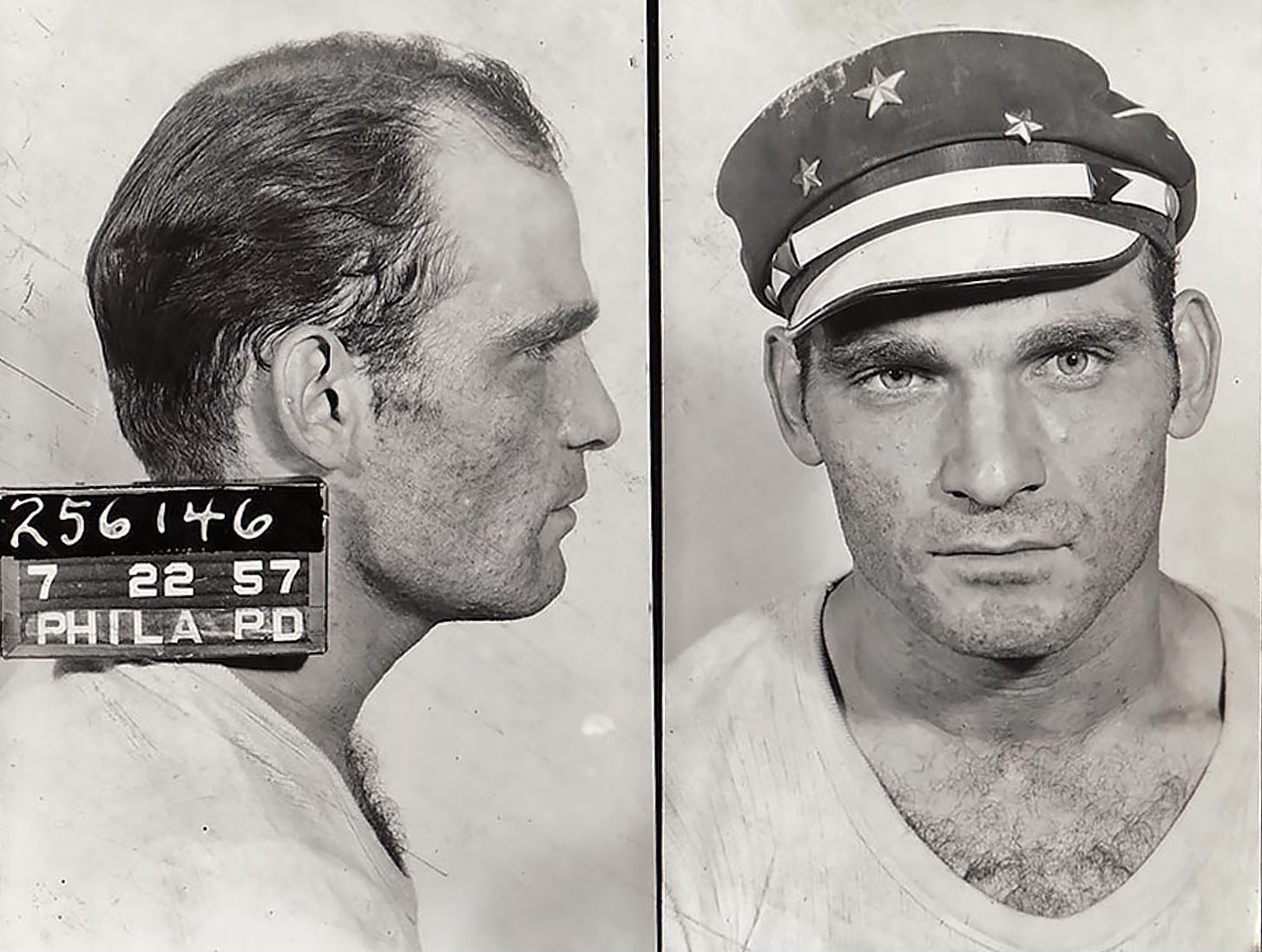
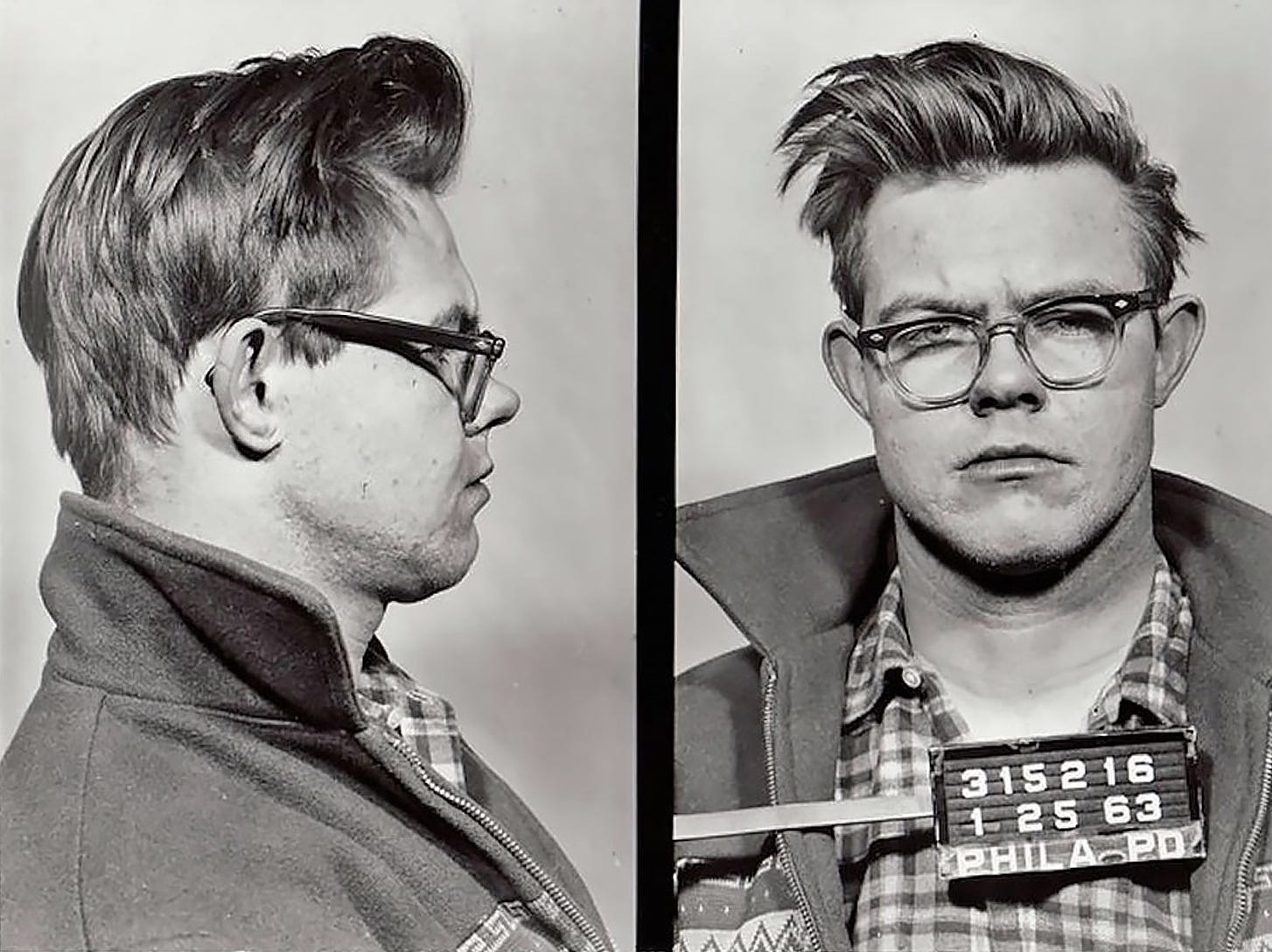
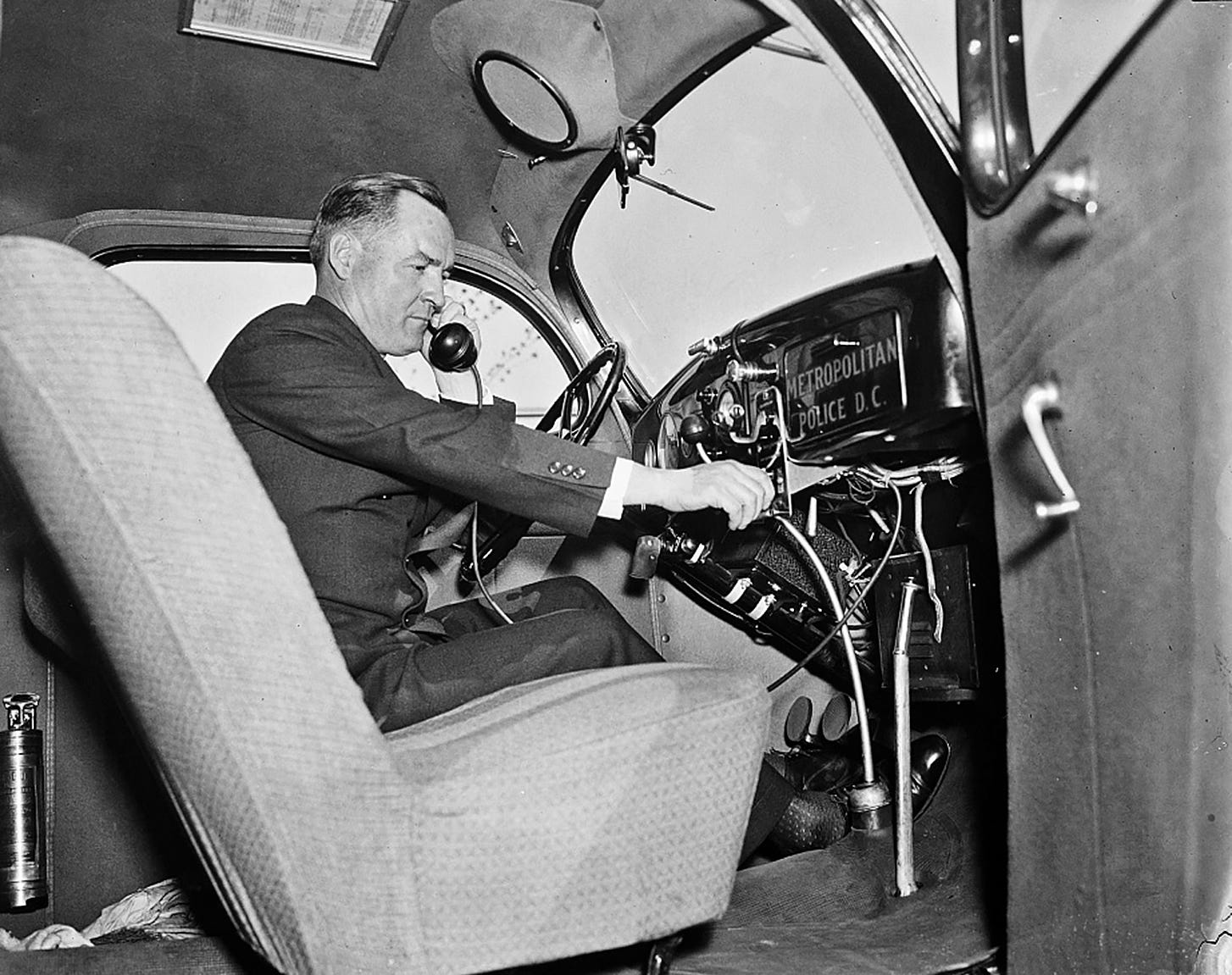
Thanks so much for all that very helpful information! Such a horrible feeling when you realize you've been scammed.